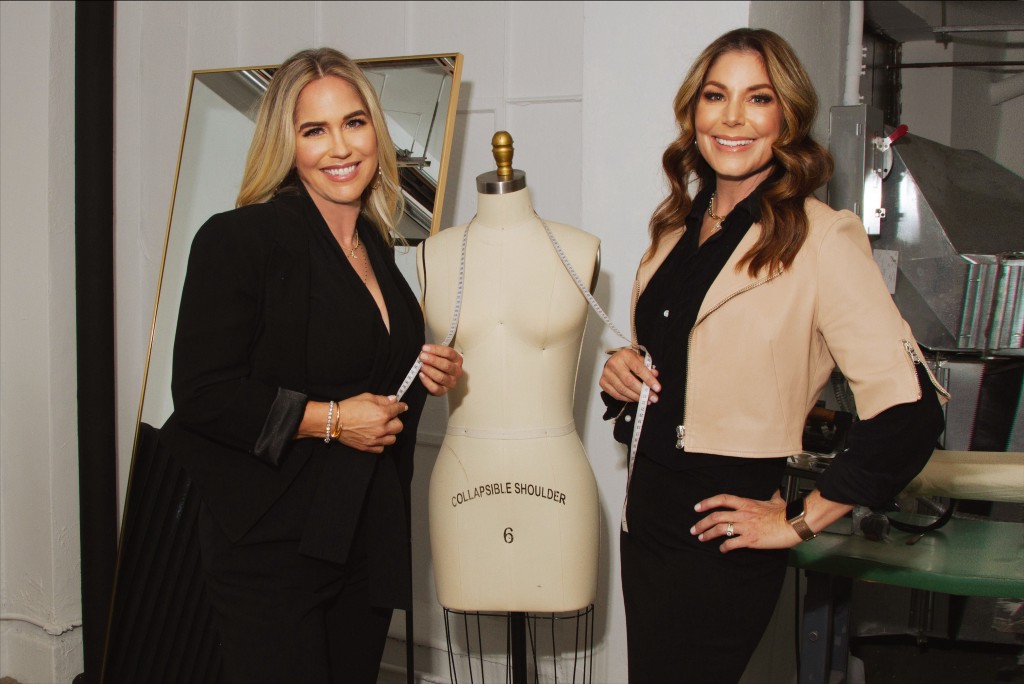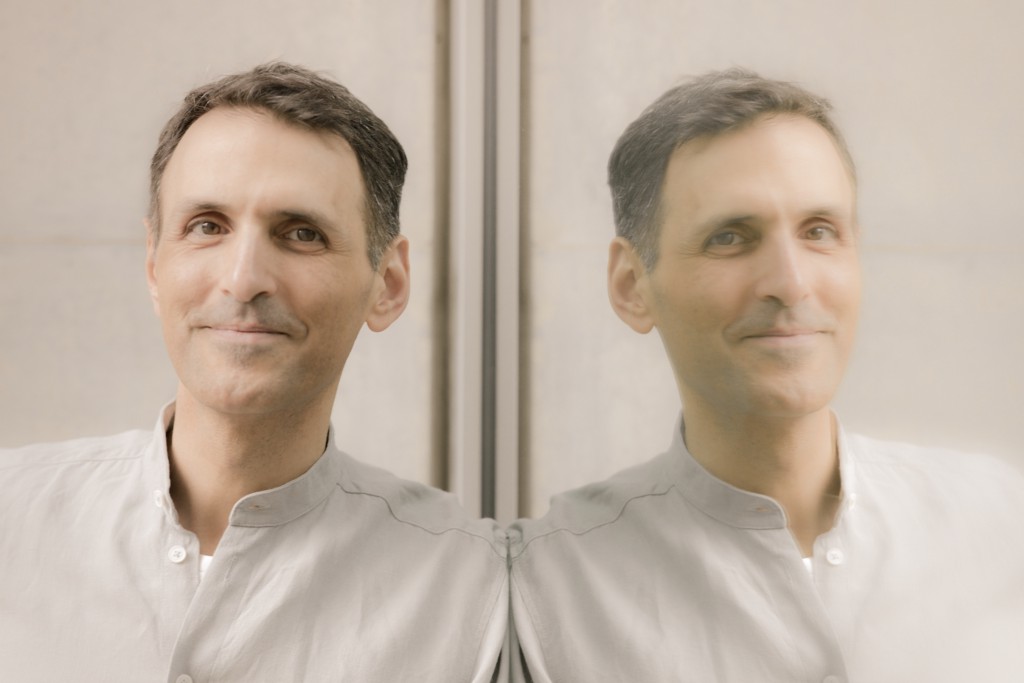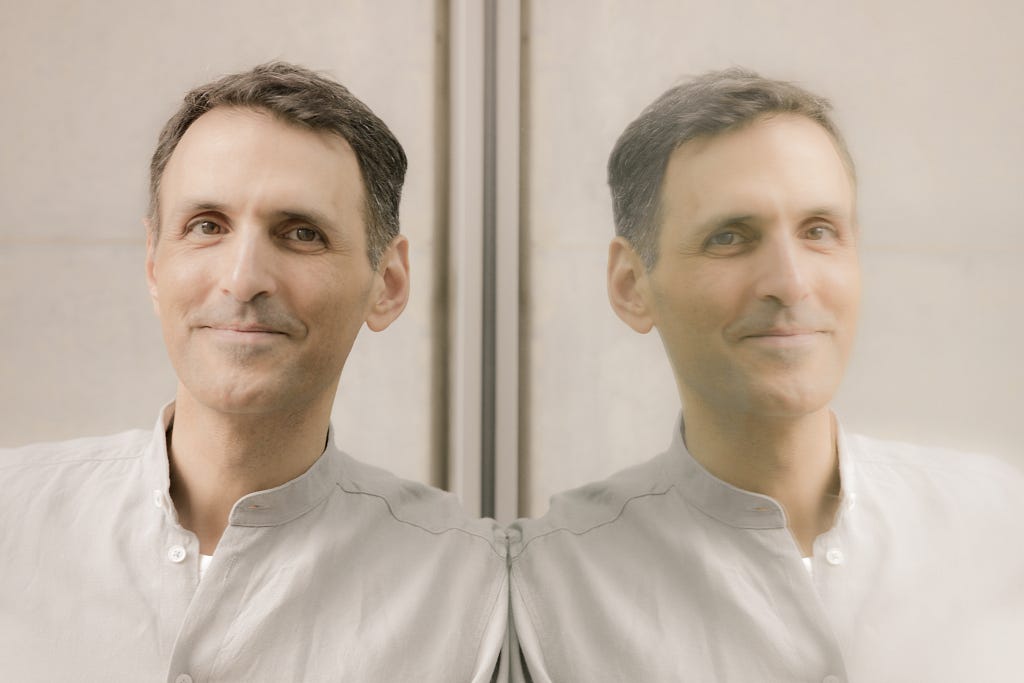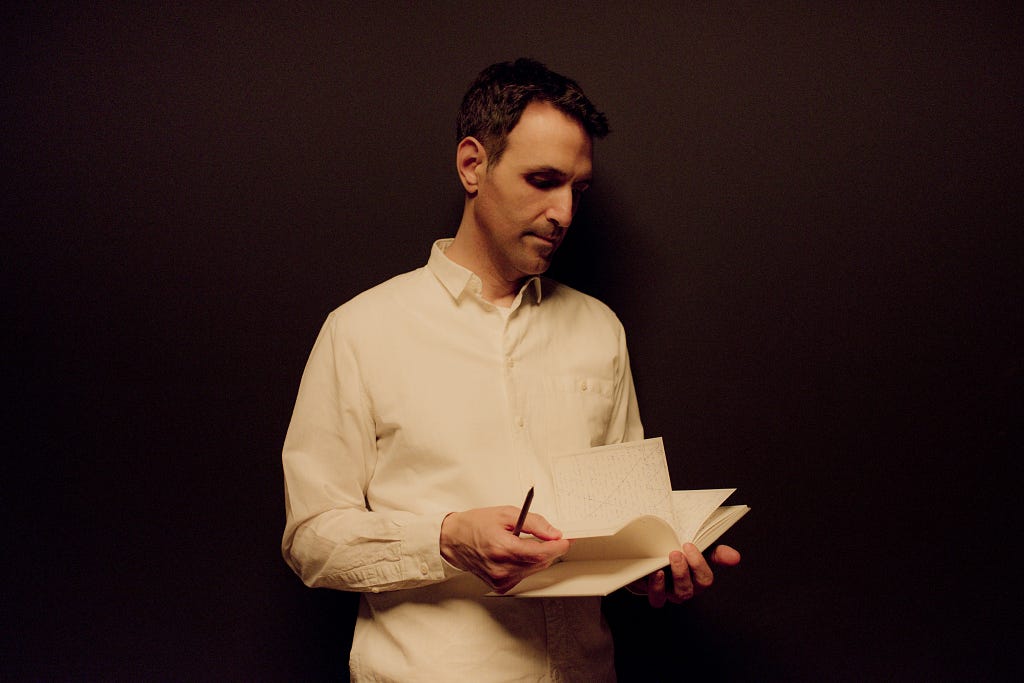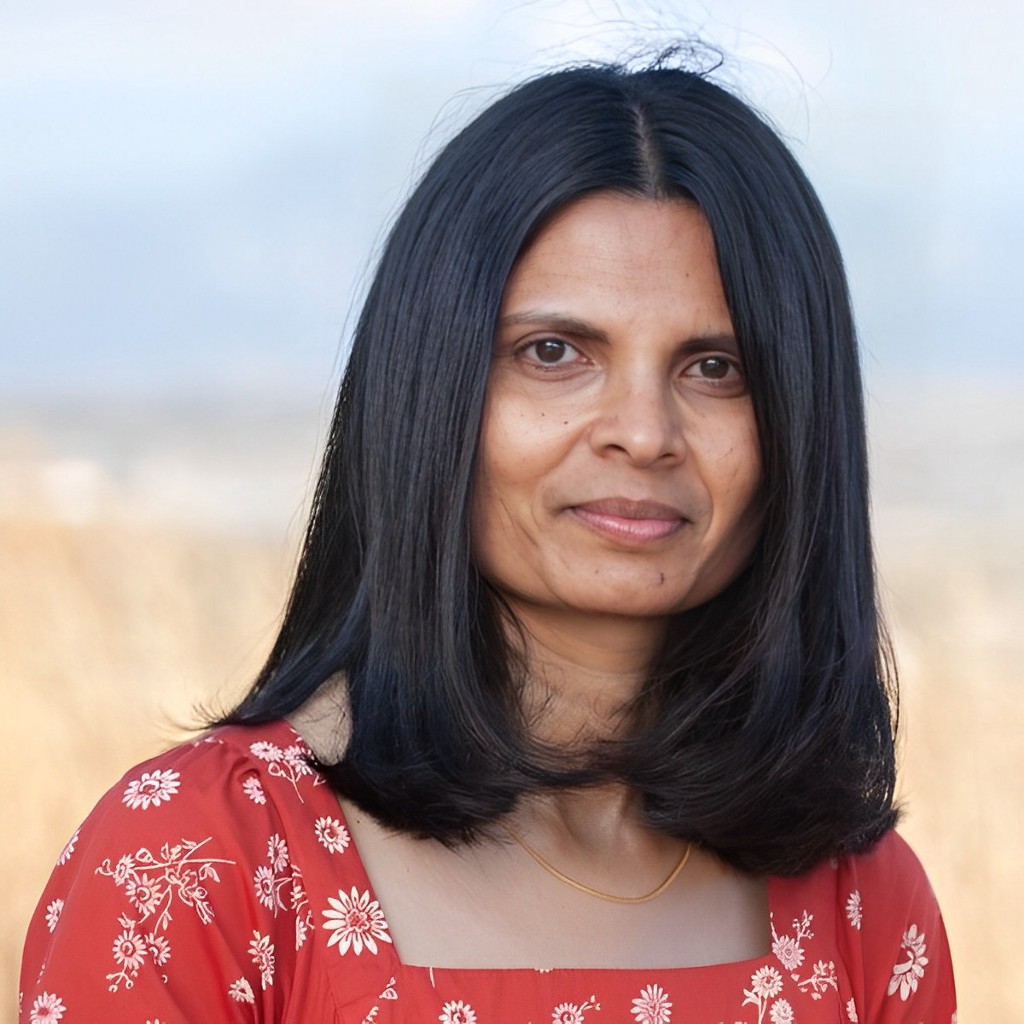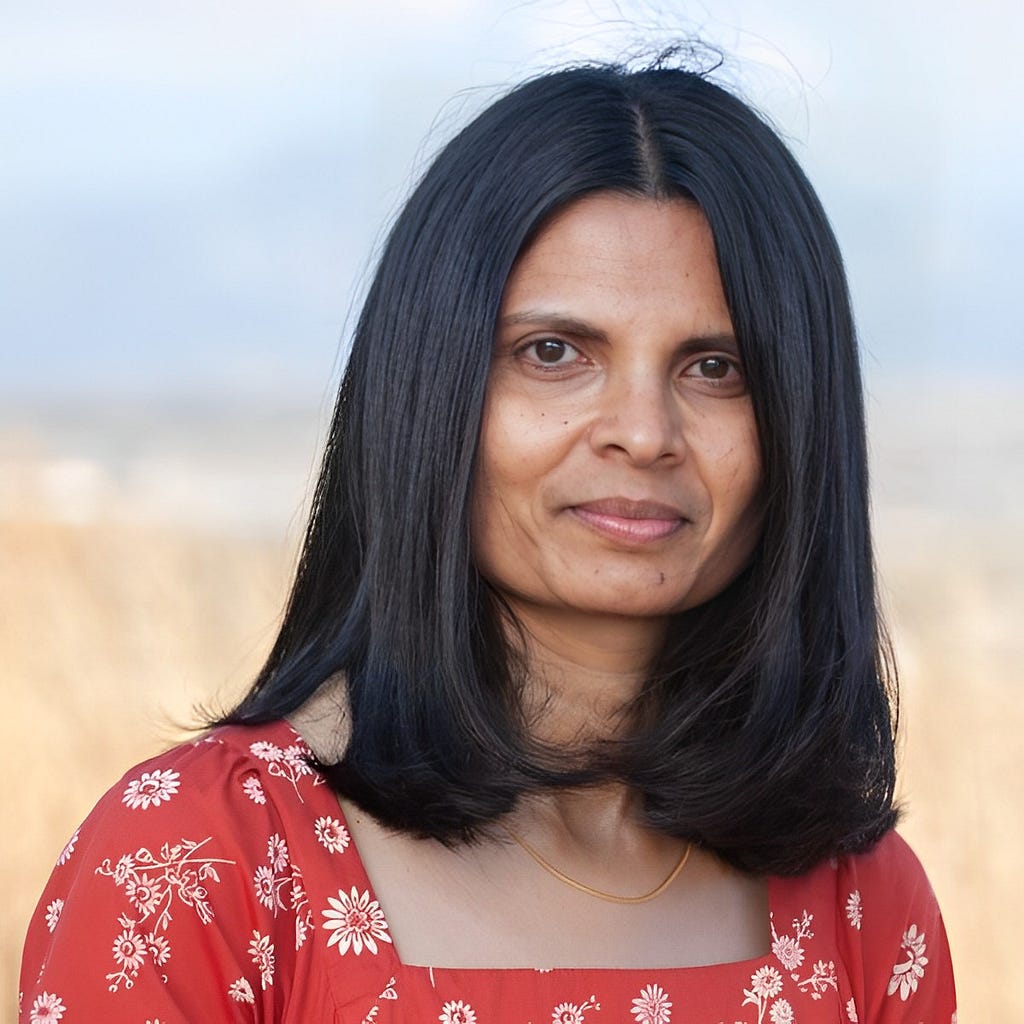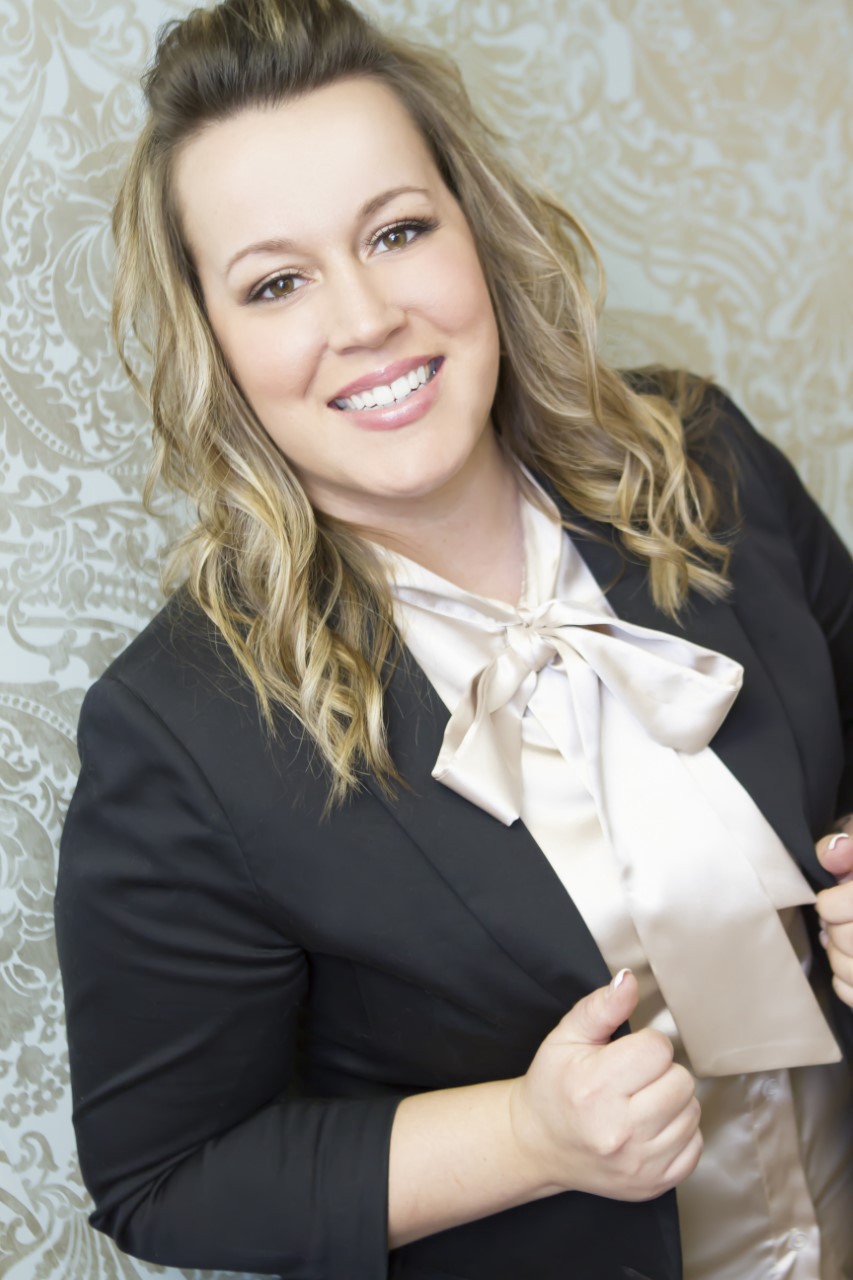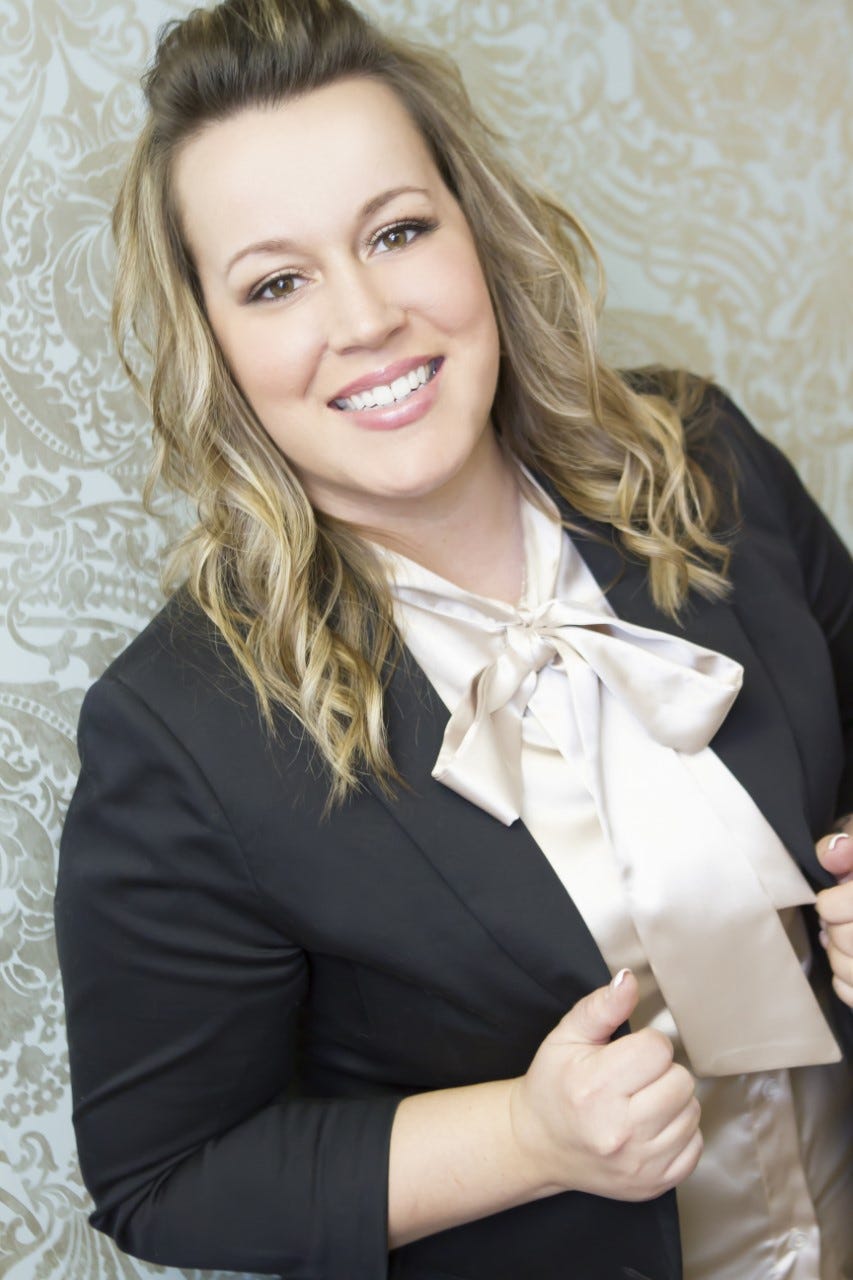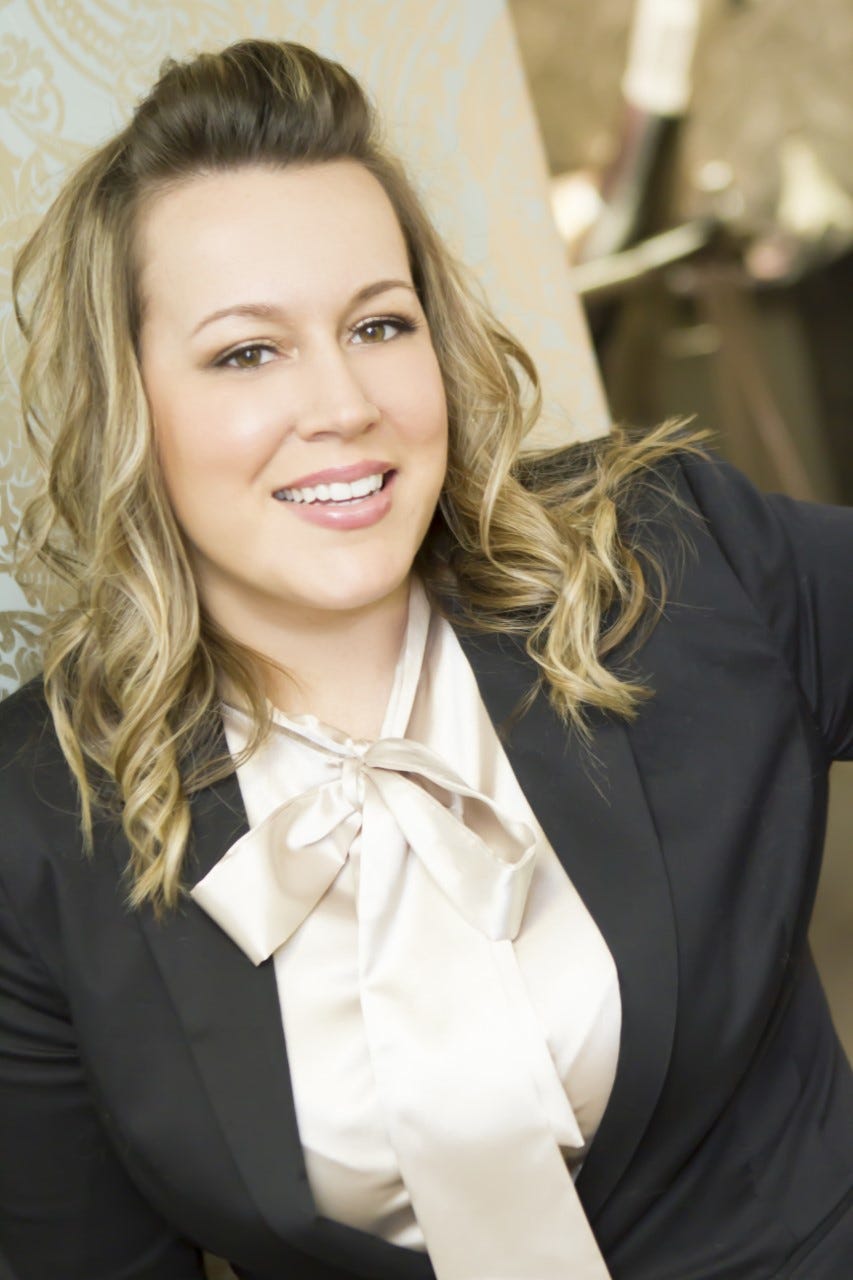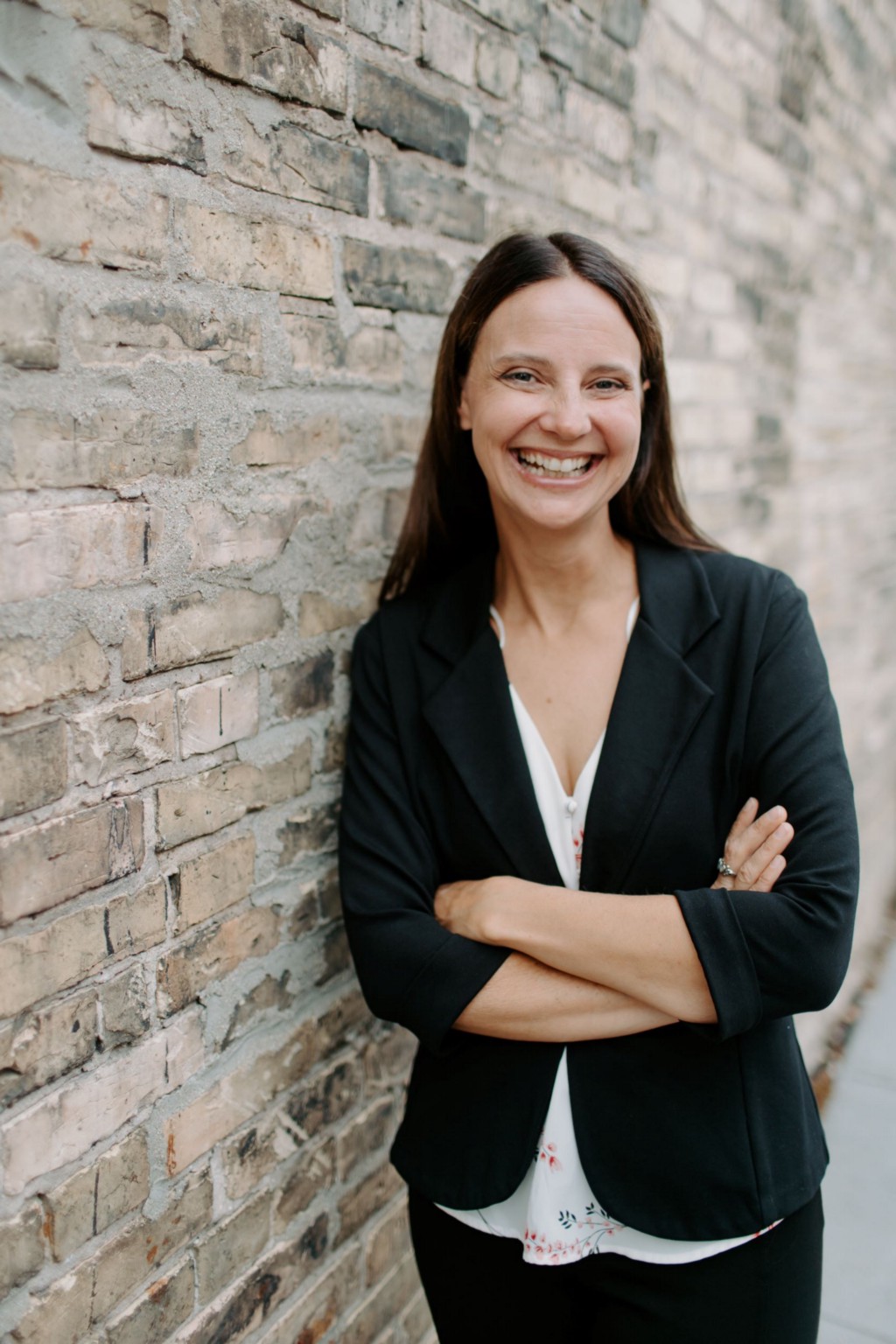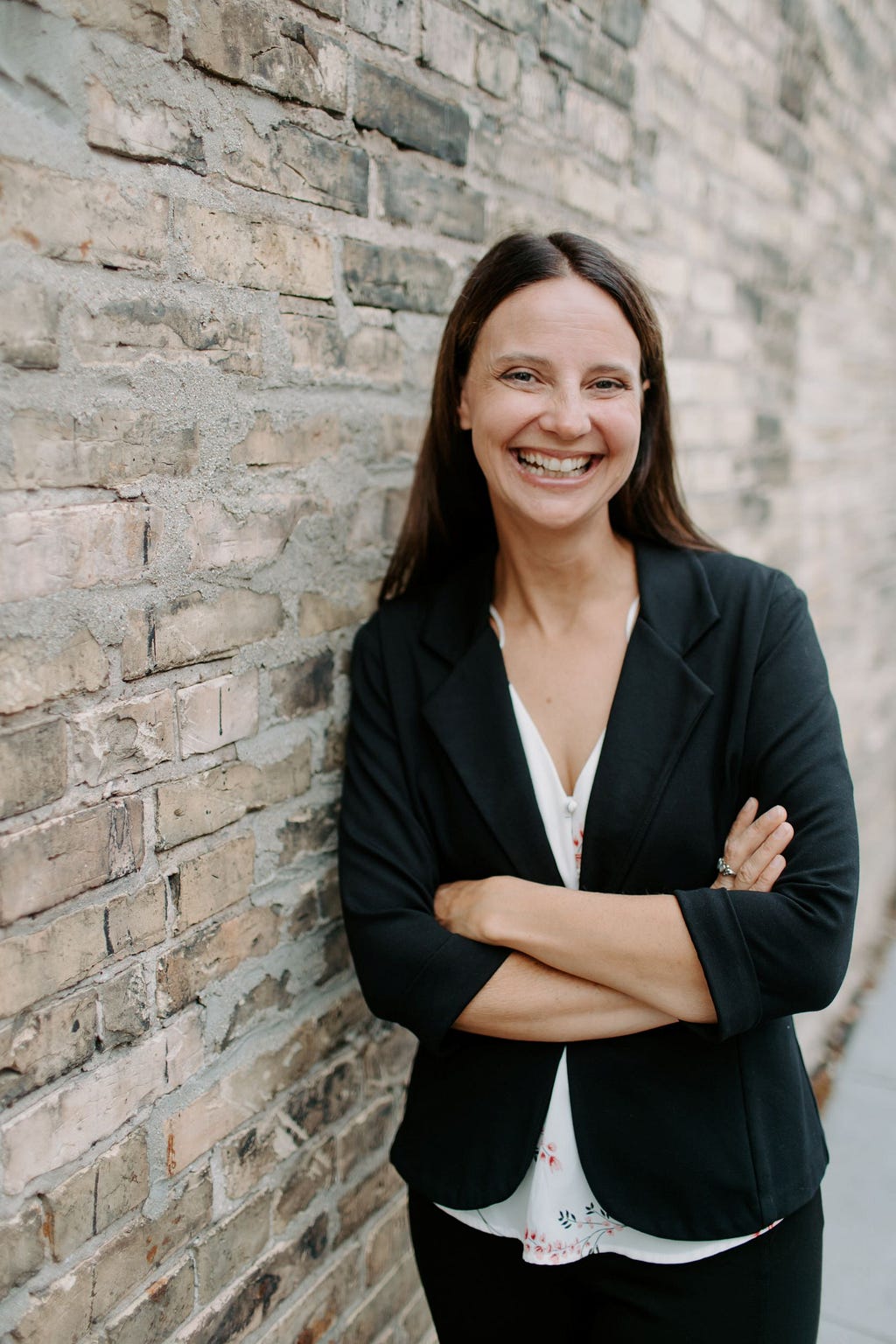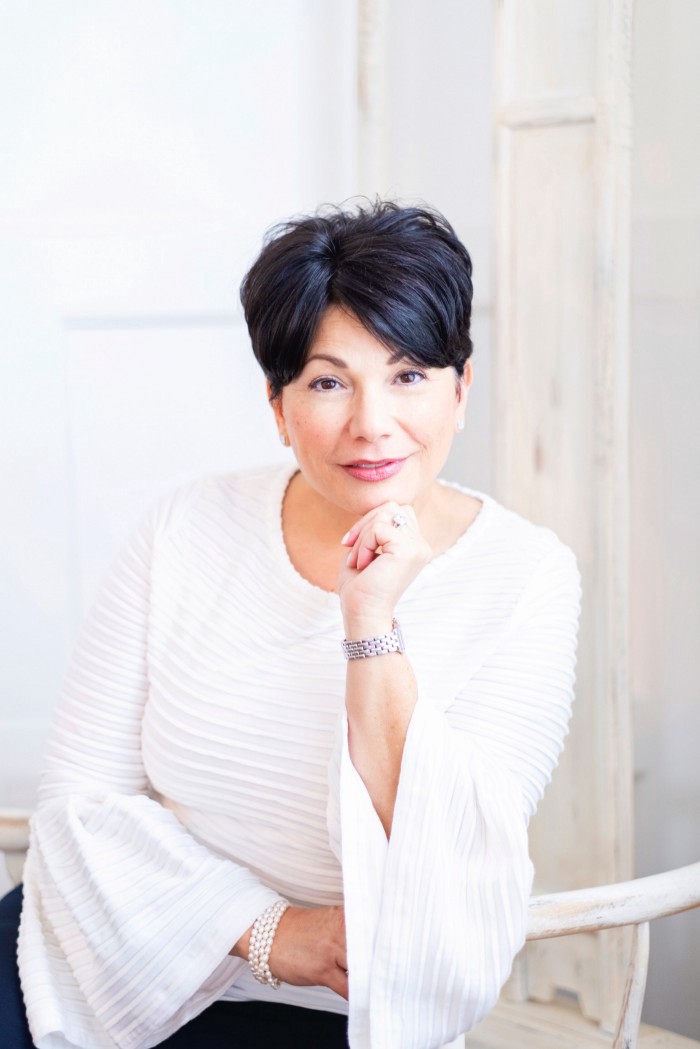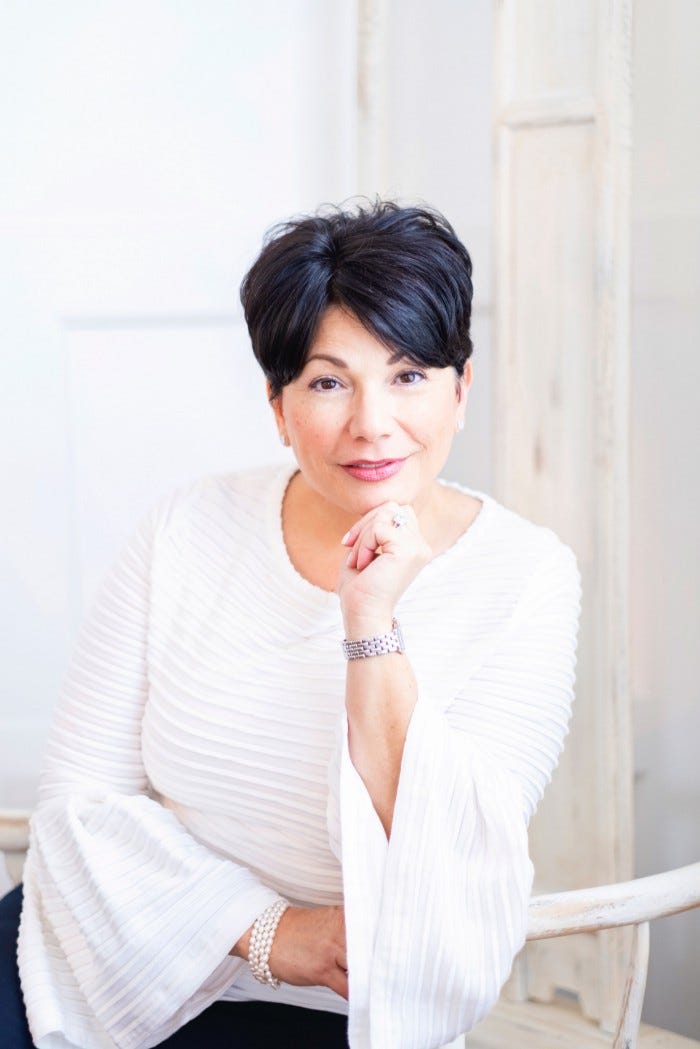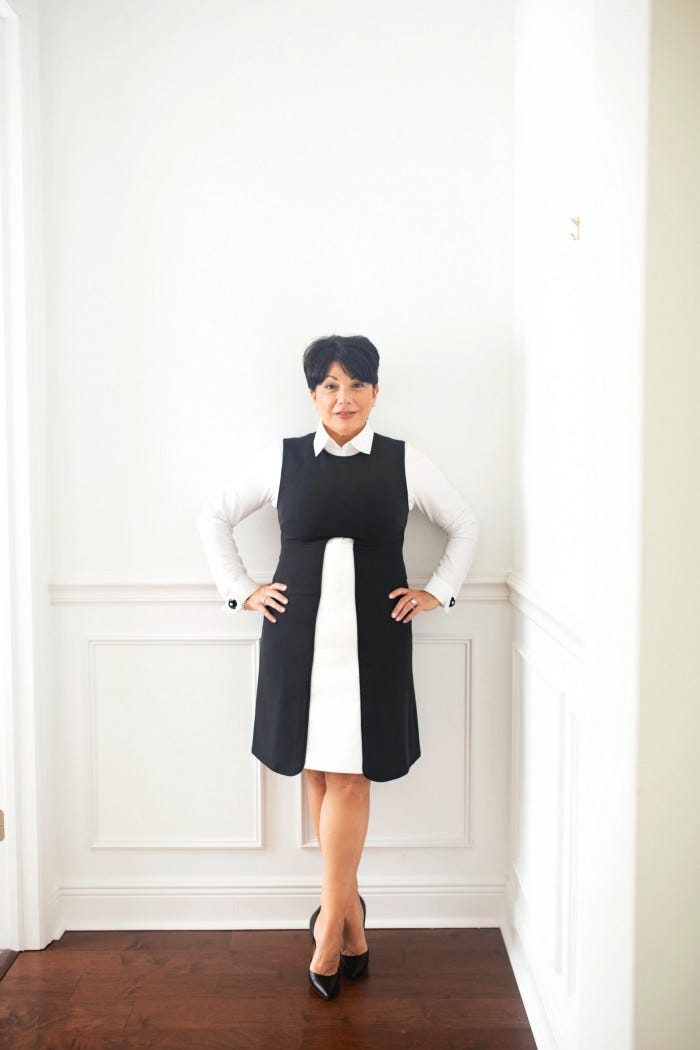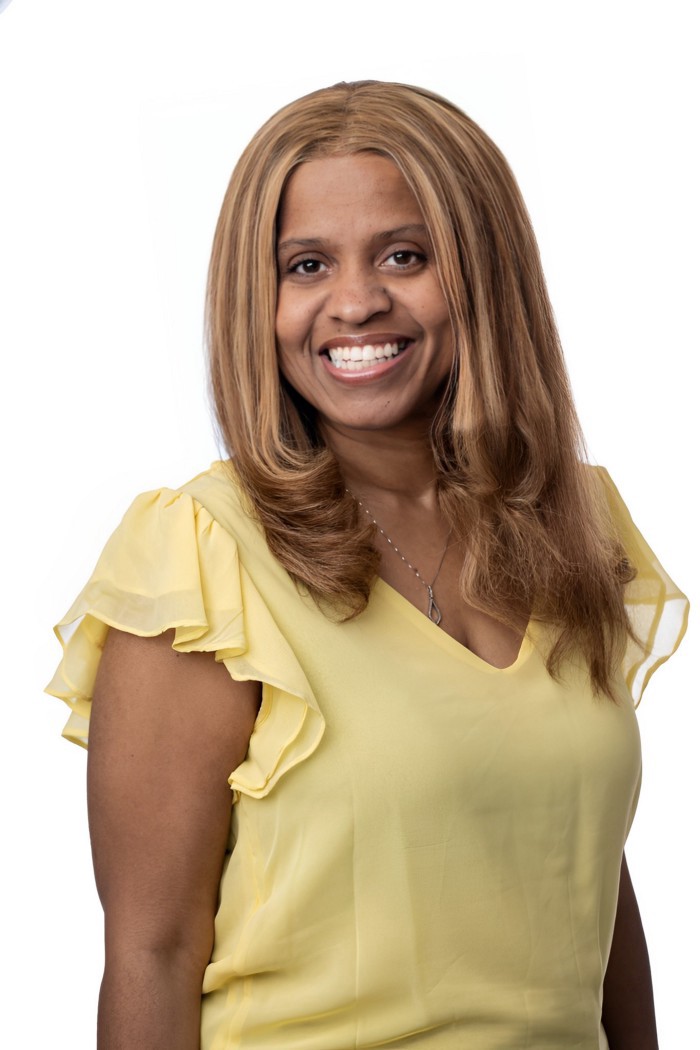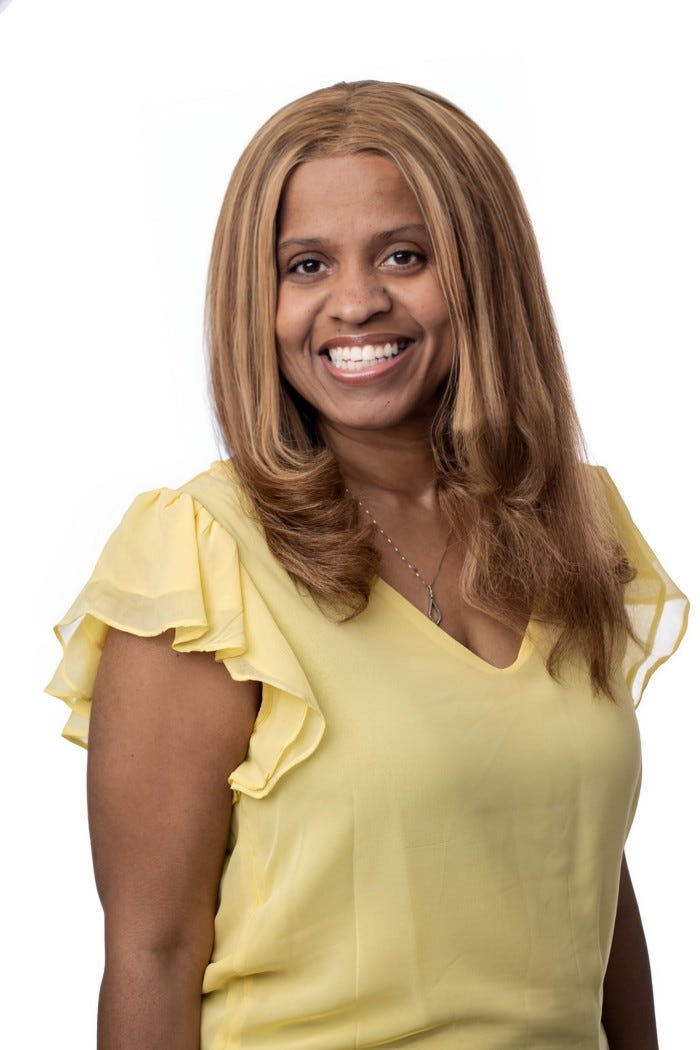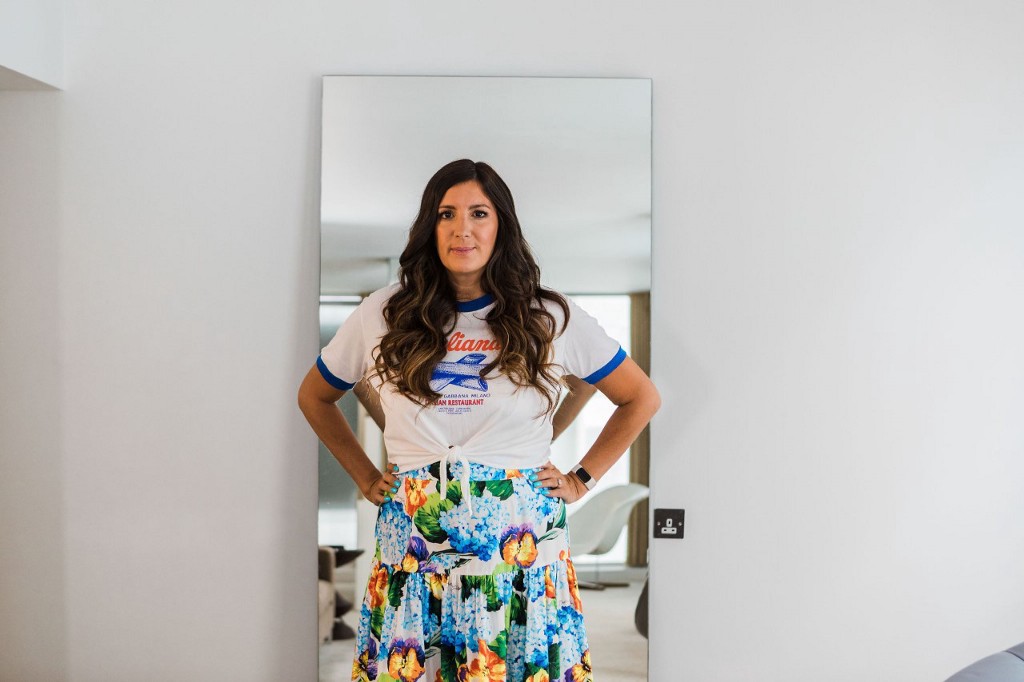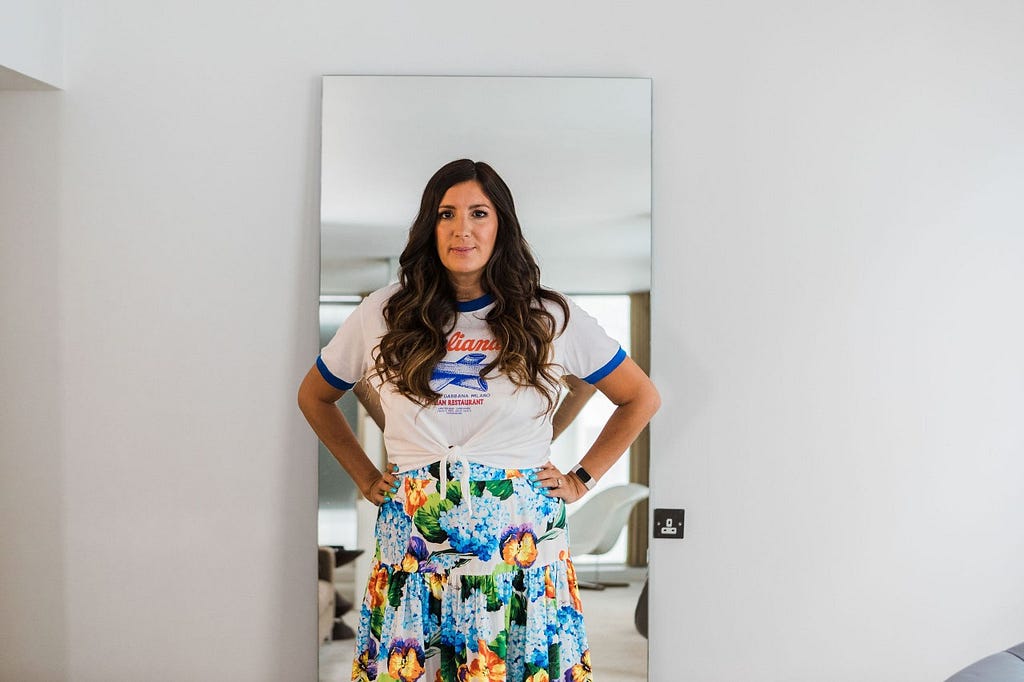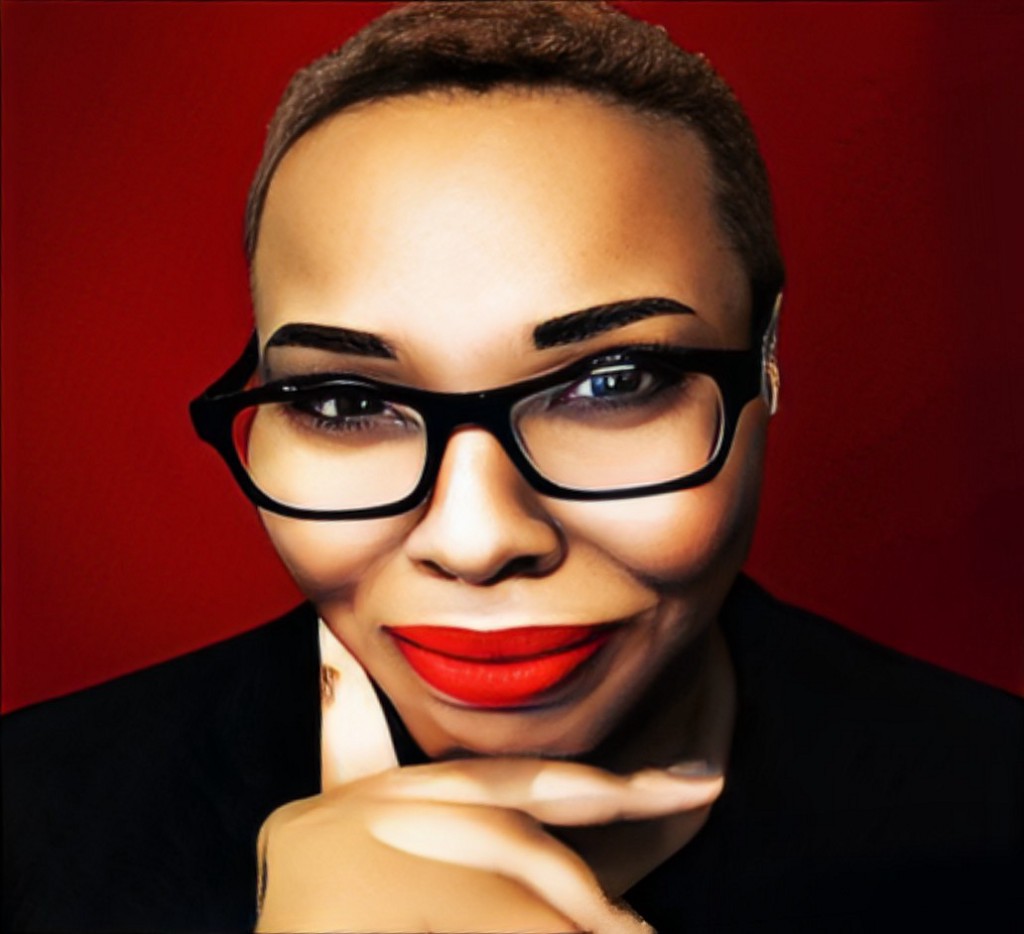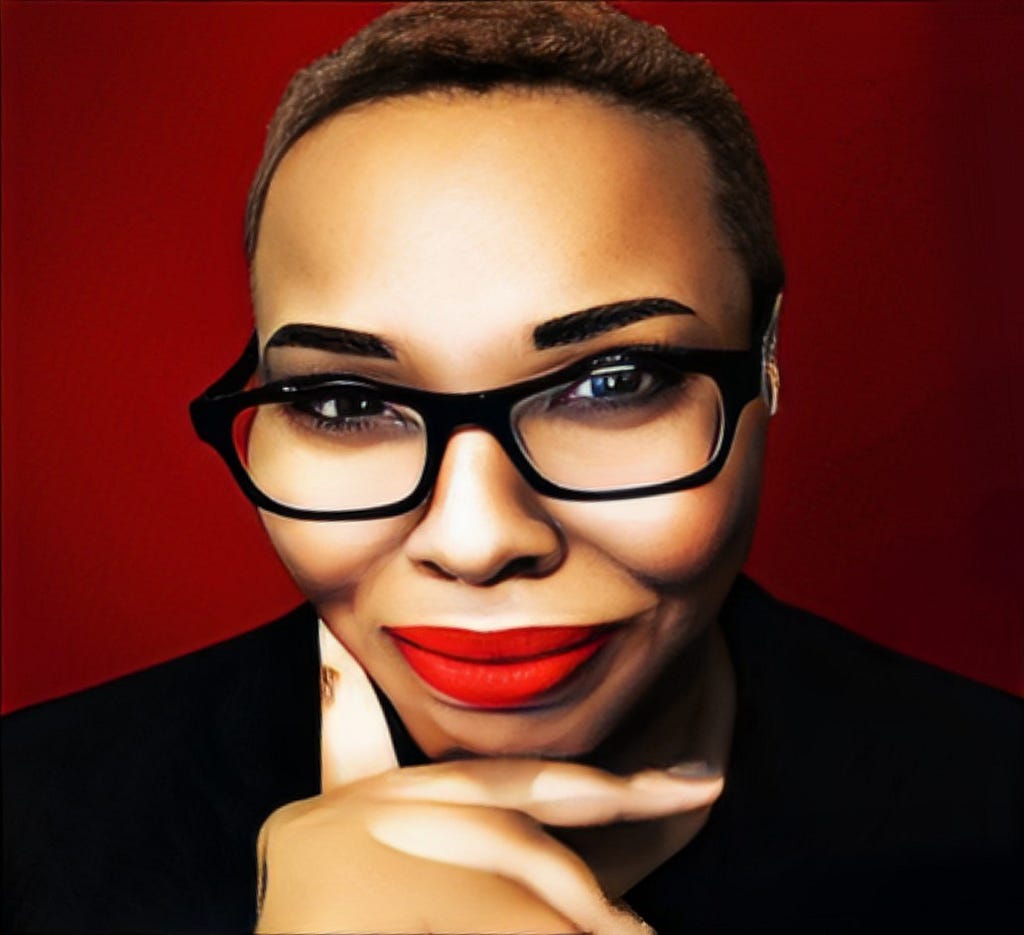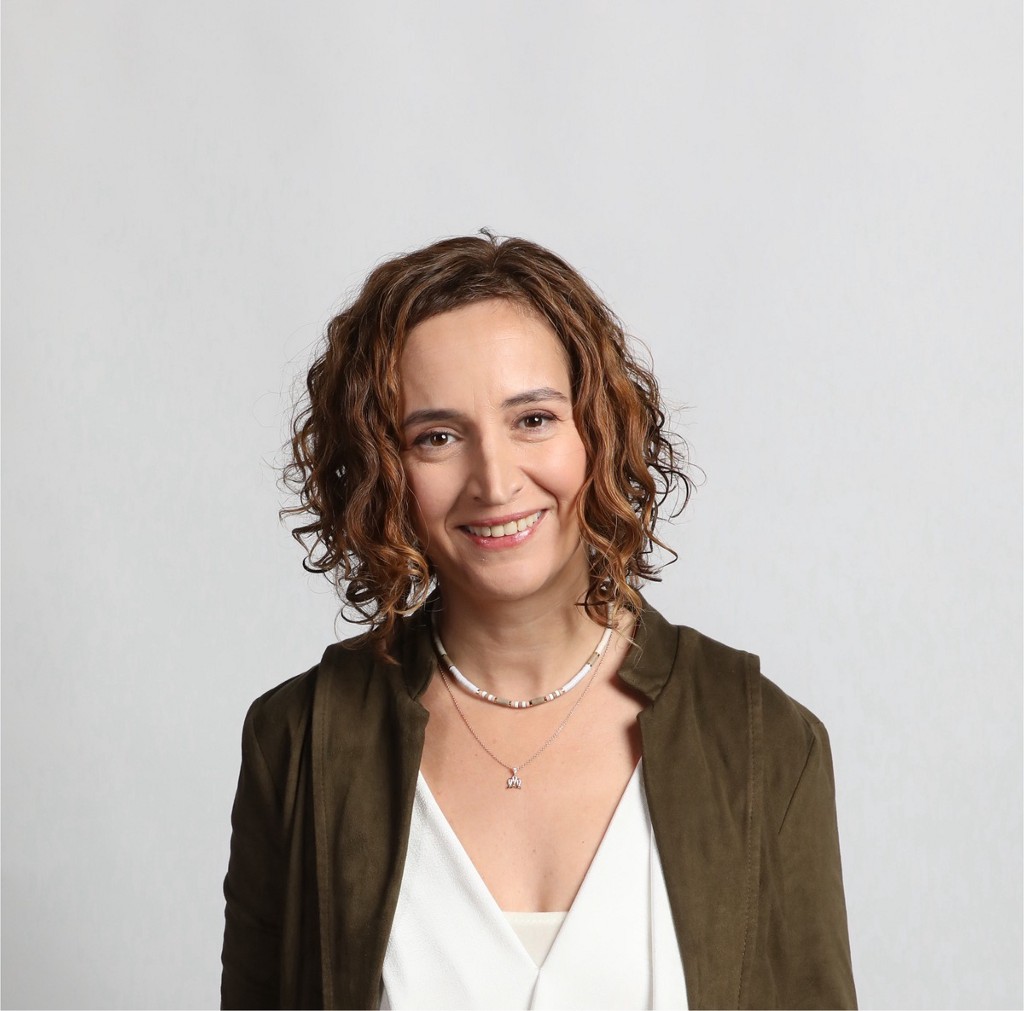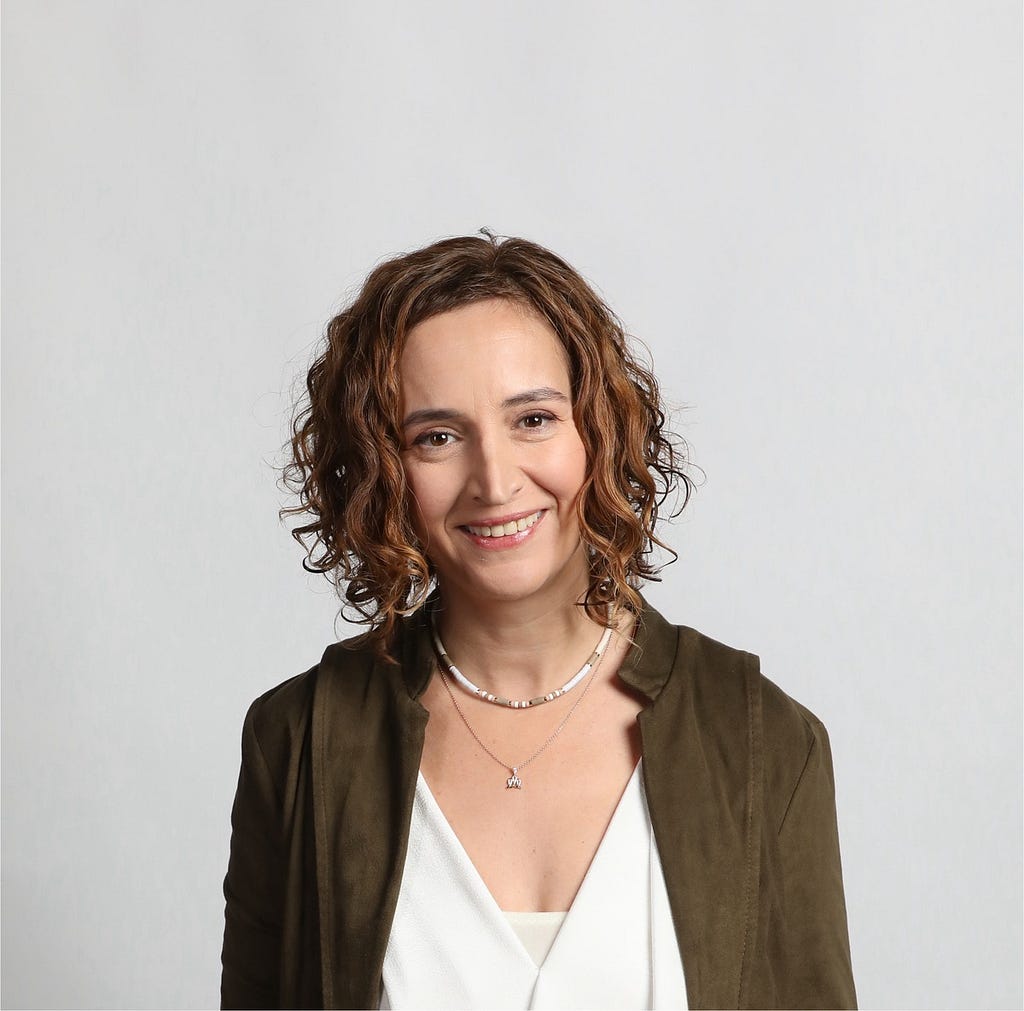Modern Fashion: Mel Huber and De Anne Combs of La Peony On The 5 Things You Need To Lead a Successful Fashion Brand Today
An Interview With Candice Georgiadice
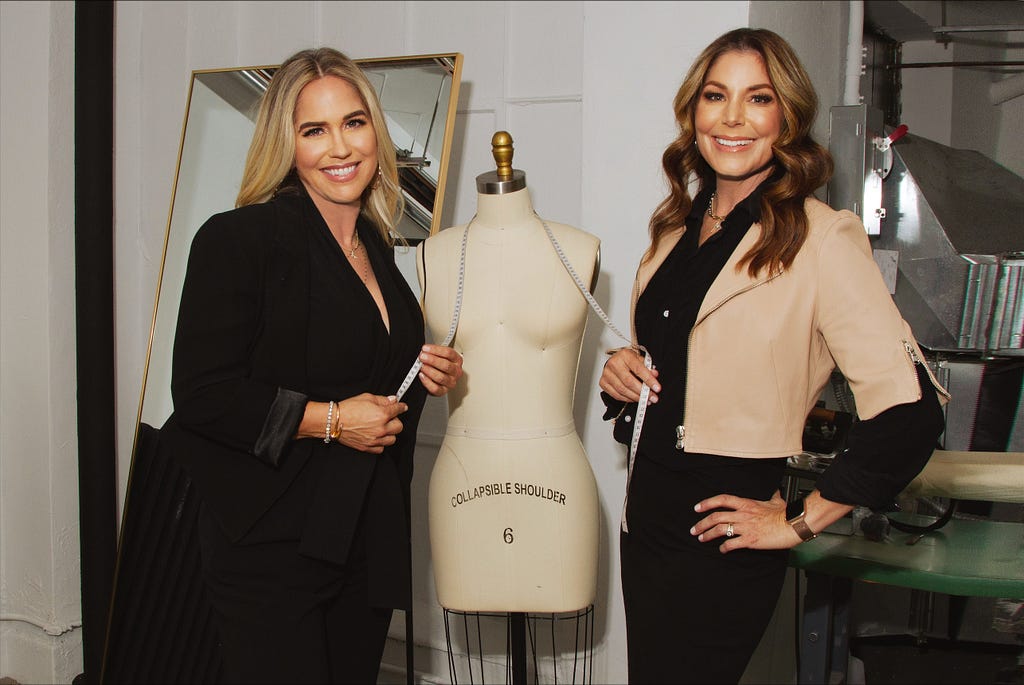
In the world of fashion, the sum of the work is greater than the individual parts. Create environments that foster collaboration, creativity, trust, and an entrepreneurial innovative mindset.
Many in the fashion industry have been making huge pivots in their business models. Many have turned away from the fast fashion trend. Many have been focusing on fashion that also makes a social impact. Many have turned to sustainable and ethical sourcing. Many have turned to hi tech manufacturing. Many have turned to subscription models. What are the other trends that we will see in the fashion industry? What does it take to lead a successful fashion brand today?
In our series called, “5 Things You Need To Lead a Successful Fashion Brand Today” we are talking to successful leaders of fashion brands who can talk about the Future of Fashion and the 5 things it takes to lead a successful fashion brand in our “new normal.”
As a part of this series I had the distinct pleasure of interviewing Melony Huber and De Anne Combs with La Peony.
Co-Founders Melony Huber and DeAnne Combs introduce a sustainably-sourced collection of timeless fashion pieces for women designed to “move with you through every stage of life.” Proudly working with Oaxaca-based artisans, La Peony is a brand that uplifts the modern wardrobe and supports the lives of the skilled men and women who create the fabrics. Each piece nurtures the unique beauty in every woman while supporting a lifestyle of love for the planet. Ethically sourced in Oaxaca, Mexico and made with sustainable dyes in Los Angeles, browse the complete limited-edition line at LaPeony.com.
Thank you so much for doing this with us! Before we dig in, our readers would like to get to know you a bit more. Can you tell us a bit about your childhood “backstory”?
Mel: I grew up the oldest of three born to a young, single mom, who remarried soon enough to enjoy the life lessons of a blended family dynamic. We did not have much, but she taught me at an early age that an education, hard work, and resilience are the formula for building a better life. I was always creative with a lot of empathy and compassion for others, and now I am tapping into those much-appreciated attributes, applying them in the world of fashion.
De Anne: I grew up in Northern California raised by parents who were serial entrepreneurs. My parents grew up in the midwest where my dad spent his youth working for his family business, so creating a business of his own just came naturally; I had a front row seat to the long hours, dedication, perseverance, and risk-taking it required. I loved working for them growing up (and was paid in ice cream cones!) I also witnessed the heartache and the victories that occurred along the way, My parents taught me that anything is possible through hard work, dedication, and a focus on doing right by people.
Can you tell us the story about what led you to this particular career path?
Mel: I’ve always been interested in interior design, painting, philanthropy, and travel. I discovered and nurtured this brand launch opportunity through conversations with De Anne. As an empty-nester in search of my new purpose, I’m choosing to take this leap into a fiercely competitive fashion industry that’s ripe for innovation. I am choosing to create and celebrate beauty in a world that can often seem dark; the task of designing this La Peony line speaks to my soul, serving as a means of self expression and satisfaction.
De Anne: The COVID shutdown gave me and Mel the time to dream and create. We were trying to answer the question, “What do we want to wear?” We knew we didn’t want to dress like our kids or like grandmothers and wanted clothes that flattered our female curves. We can all relate to that special feeling you get when you’re so confident in your outfit that you feel unstoppable. This is what we set out to create! Melony’s many years of design experience, working as an artist and interior designer, coupled with my background in entrepreneurship seemed to establish the perfect partnership.
Can you share the most interesting story that happened to you since you began your career?
Mel: At 52 years old, I have many stories — but since my career in fashion began in January of this year, my most interesting story is rooted in my recent return from Peru. I, like many other women, have come to a time in my life where I want more clarity and less self doubt. I decided that I could achieve this through a trip to Peru for a 12-day Ayahuasca retreat where I could explore and deeply reflect on old patterns and new possibilities. I achieved all that I set out to achieve, and I look forward to integrating everything that I discovered — figuring out what these new realizations mean for me and my career going forward.
De Anne: Melony and I fundamentally share the same life ethos of honesty, transparency, and kindness. This journey into the fashion world came in starts and stops until we found the right partners who shared our values of honoring people and the planet in all we do. We weathered some sticky moments early on that challenged our ethics; although uncomfortable at the time, it only strengthened our resolve to be a different kind of business — one that is transparent in its efforts to put people and the planet over profits.
You are a successful business leader. Which three character traits do you think were most instrumental to your success? Can you please share a story or example for each?
- Risk-taking: a willingness to take a leap of faith financially and creatively, opening myself up to criticism with regard to my fashion designs.
- Integrity: choosing quality over profit while committing to honesty and transparency in everything.
- Generosity: looking for ways to share the prosperity, supporting all that contribute to our success with an ability to make a living.
De Anne:
- Perseverance: “If it were easy, it would have already been done” is a statement I bring to mind often; this reminder makes it easier to keep going when obstacles arise or the days seem long.
- Maintaining a “lifelong learner” mindset: There is always something new to learn. I try to focus on learning as much as I can from as many diverse perspectives as possible to help guide my path forward.
- Commitment to a team approach: You can’t build a business alone. Mel and I are truly better together, and I love working with new partners and mentors who share our vision.
What do you think makes your company stand out? Can you share a story?
Mel: The softness of our fabrics makes you feel like you’re in pajamas, yet the flattering, sophisticated designs enhance a woman’s sense of feminine confidence. This — along with old-world traditions incorporated into a contemporary, comfortable design — makes us stand out.
De Anne: La Peony stands out because every piece is a pleasure to wear. We took the time to dive deep into the design research about which fits and fabrics truly flatter a woman’s curves, integrating this knowledge into our finished collection. Our brand also stands out because of our commitment to using only the finest, long-lasting fabrics, incorporating unique, artisan-crafted trims during a manufacturing process that takes place right here in Los Angeles according to the highest quality standards.
Do you have a favorite “Life Lesson Quote”? Can you share a story of how that was relevant to you in your life?
Mel: Oscar Wilde’s quote, “Be yourself, everyone else is taken” is among my favorites. This has never been more relevant in my life than right now. “Being myself” as an entrepreneur makes me feel vulnerable. Still, when I express myself creatively in front of a broad audience of friends, family, and strangers, I am certain to be “me” at my best.
De Anne: “Find a place inside yourself where anything is possible’’ is a quote I live by. Most of the amazing things that I have loved on my journey through life did not come easily. Obstacles will always be there in anything you do, but I choose to see these obstacles as guiding steps toward learning, rather than as roadblocks.
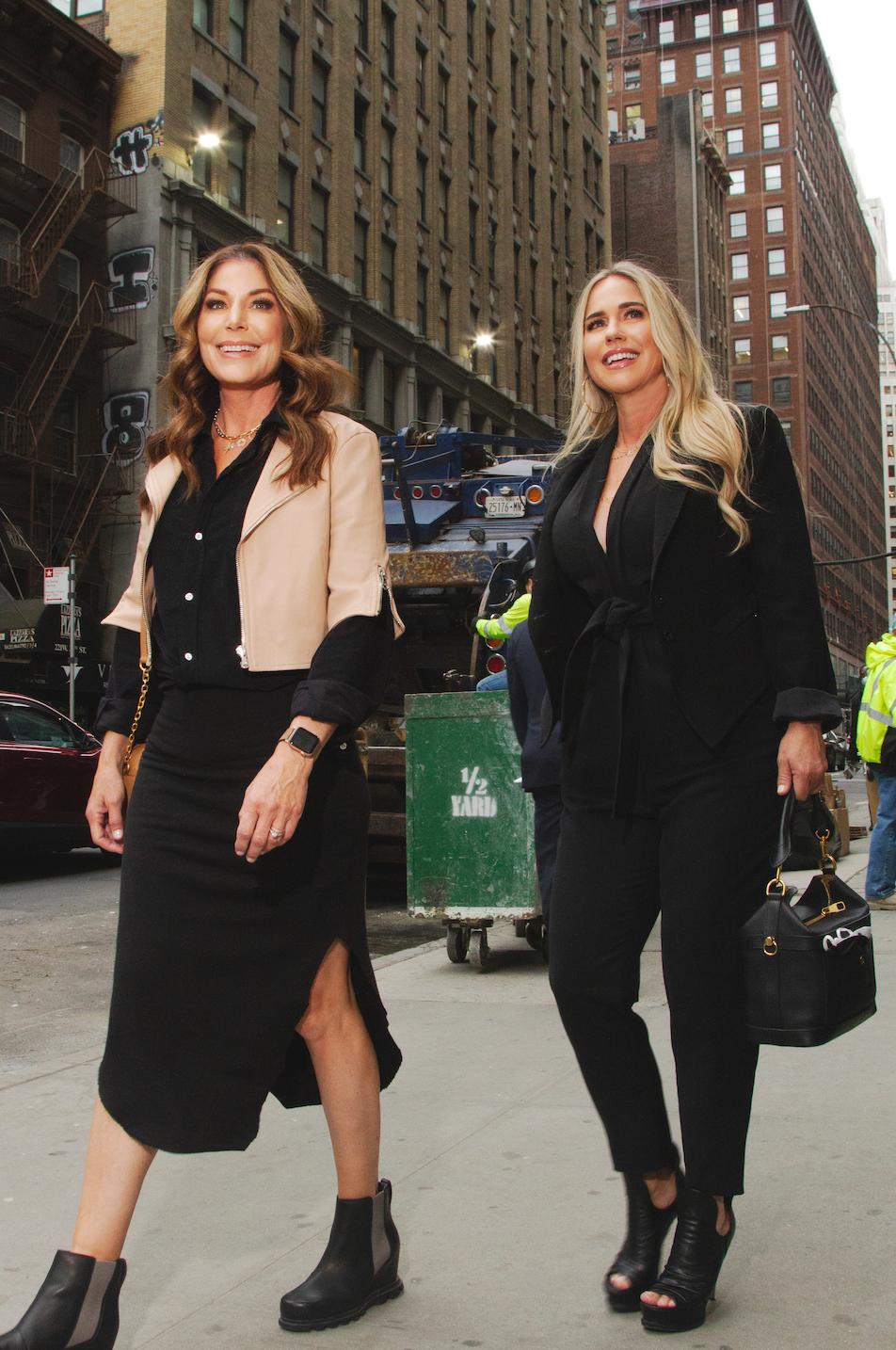
Ok, thank you for that. Let’s now jump to the primary focus of our interview. Do you see any fascinating developments emerging over the next few years in the fashion industry that you are excited about? Can you tell us about that?
Mel: I see fashion designers taking bigger risks and re-imagining old designs in new ways. I also see innovation taking place, resulting in more sustainable and eco-friendly fabrics.
De Anne: The technological changes emerging in fashion right now hold so much promise for improving the overall sustainability of the industry. For example, new software enables an electronic design process in which pieces can be fitted to a specific body avatar before fabric is ever cut and sewn. This technology will also empower consumers to create their exact dimensional avatar and “try on” clothing virtually, reducing the need for product returns and lowering shipping/clothing waste.
Can you share how your brand is helping to bring goodness to the world?
Mel: LPC focuses on doing good from the start of the design process through fabric selection and into manufacturing, caring deeply about how women feel when they wear our brand.
De Anne: Doing good is a central tenet of La Peony Clothing. Mel and I have dug deep into the research regarding which designs best flatter a woman’s body — it’s not what most people think. This is part of La Peony’s secret sauce for creating clothing that makes women look and feel their absolute best, no matter their specific body insecurity! Our very first conversations centered around how women perceive themselves as unstoppable when they feel beautiful in their clothing. La Peony brings this unstoppable energy to all women in a way that honors people and the planet — by supporting the artisans behind our beautiful pieces; by choosing to manufacture in a small Los Angeles-based, family-owned factory; and by sourcing sustainable, luxurious fabrics.
Can you share with our readers about the ethical standards you use when you choose where to source materials?
Mel: We are committed to securing materials made by only vendors who share our values of integrity, quality, and sustainability. We do our very best to research and verify that our materials support the planet and people in the best possible ways.
De Anne: We partner with a Mexico-based social cooperative called the Unión de Artesanos de Santo Tomás Jalieza — a fair-trade network of skilled Mexican textile artisans — to source the one-of-a-kind accents on certain designs. The entire collection features beautiful, luxuriously soft and sustainable hemp fleece or hemp stretch denim, which we chose as an eco-friendly alternative to less renewable resources.
Fast fashion has an advantage, that it is affordable for most people, but it also has the drawback that it does not last very long and is therefore not very sustainable. What are your thoughts about this? How does your company address this question?
Mel: We have found that caring for the planet and people costs more but is socially responsible. At LPC, we believe we are doing good when we look out for people and the planet alike. We focus on fabrics and work practices that meet higher expectations.
De Anne: Slow fashion is not “cheap clothing” but a specifically curated wardrobe that answers the question: which pieces will last, both quality-wise and trend-wise? This type of fashion is intentionally designed to last longer, with a timeless design aesthetic that endures season after season. La Peony Clothing is a slow fashion company seeking to create a movement through a community of women who adorn themselves with confident intention every day. Our small batch capsule collections are purposefully limited, resulting in less waste. Even after customers are ready to part ways with an item, they can pass it on for resale knowing it still has many more years of life left in it.
Thank you for all that. Here is the main question of our interview. What are your “5 Things You Need To Lead a Successful Fashion Brand”. Please share a story or example for each.
- Vision: Look out for emerging trends/colors while listening to consumers and responding to behaviors/preferences; stay alert so your brand can evolve as fashion evolves.
- Perseverance: Be able to pivot when obstacles present themselves and be willing to listen/adjust to criticism while working steadfastly toward your goals and values.
- Integrity: Do the right thing even when it may hurt profit or timelines.
- Attention to Detail: A garment or process can be improved by changing the tiniest details — even when it may not seem to increase profits (or people may not notice).
- Passion: Love what you do and don’t lose sight of why you started a fashion brand — for me, the reason is to make women feel beautiful!
De Anne:
- Vision: Find where there is a hole in the marketplace and figure out how you can uniquely meet that unmet need.
- Innovation: Resist being like everyone else. Finding new ways to solve old problems can be revolutionary.
- Know your customer: Really seek to understand everything about them — their behaviors, what motivates them, what drives their demand.
- Inspiration/Passion: You must love what you are creating and stay connected to “why” you are creating it.
- Collaboration: In the world of fashion, the sum of the work is greater than the individual parts. Create environments that foster collaboration, creativity, trust, and an entrepreneurial innovative mindset.
Every industry constantly evolves and seeks improvement. How do you think the fashion industry can improve itself? Can you give an example?
Mel: I think the fashion industry could benefit from slowing down while increasing its focus on consumers’ needs for self expression, confidence, and comfort — with the planet in mind. We can look for more creative ways to support the beauty that comes from within, transcending outward appearance, rather than sexualizing women. I believe that sophistication and confidence are the sexiest aspects of a woman!
De Anne: The fashion industry has consistently put profits over people and the planet — and consumers are growing more aware of this. Injustices like child and forced labor, unsafe working conditions, and the use of harmful environmental chemicals are on people’s radars; they recognize the hidden cost of making inexpensive garments. At La Peony Clothing, we work with a small, family-owned manufacturer in Los Angeles where employees have safe, clean working conditions and are paid a livable wage. When sourcing fabrics, we strive to use only the most environmentally conscious fibers.
You are a person of great influence. If you could start a movement that would bring the most amount of good to the most amount of people, what would that be? You never know what your idea can trigger. 🙂
Mel: I am working toward this movement right now, trying to dress women so that they feel fearless, confident, and comfortable — in fact, De Anne and I are striving for a “perfect trifecta” of achieving this goal while simultaneously supporting the hard-working people behind our manufacturing process and staying mindful of the planet. I’m incredibly hopeful that we can establish a movement like this that sticks and continues to grow.
De Anne: Ditto to Mel — we are both so passionate about this!
How can our readers further follow your work online?
- WEBSITE: https://lapeony.com/
- INSTAGRAM: https://www.instagram.com/la_peony_clothing
- FACEBOOK: https://www.facebook.com/LaPeonyClothing
- PINTEREST: https://www.pinterest.com/lapeonyclothing1
Thank you for these fantastic insights! We wish you continued success and good health.
Modern Fashion: Mel Huber and De Anne Combs of La Peony On The 5 Things You Need To Lead a… was originally published in Authority Magazine on Medium, where people are continuing the conversation by highlighting and responding to this story.


